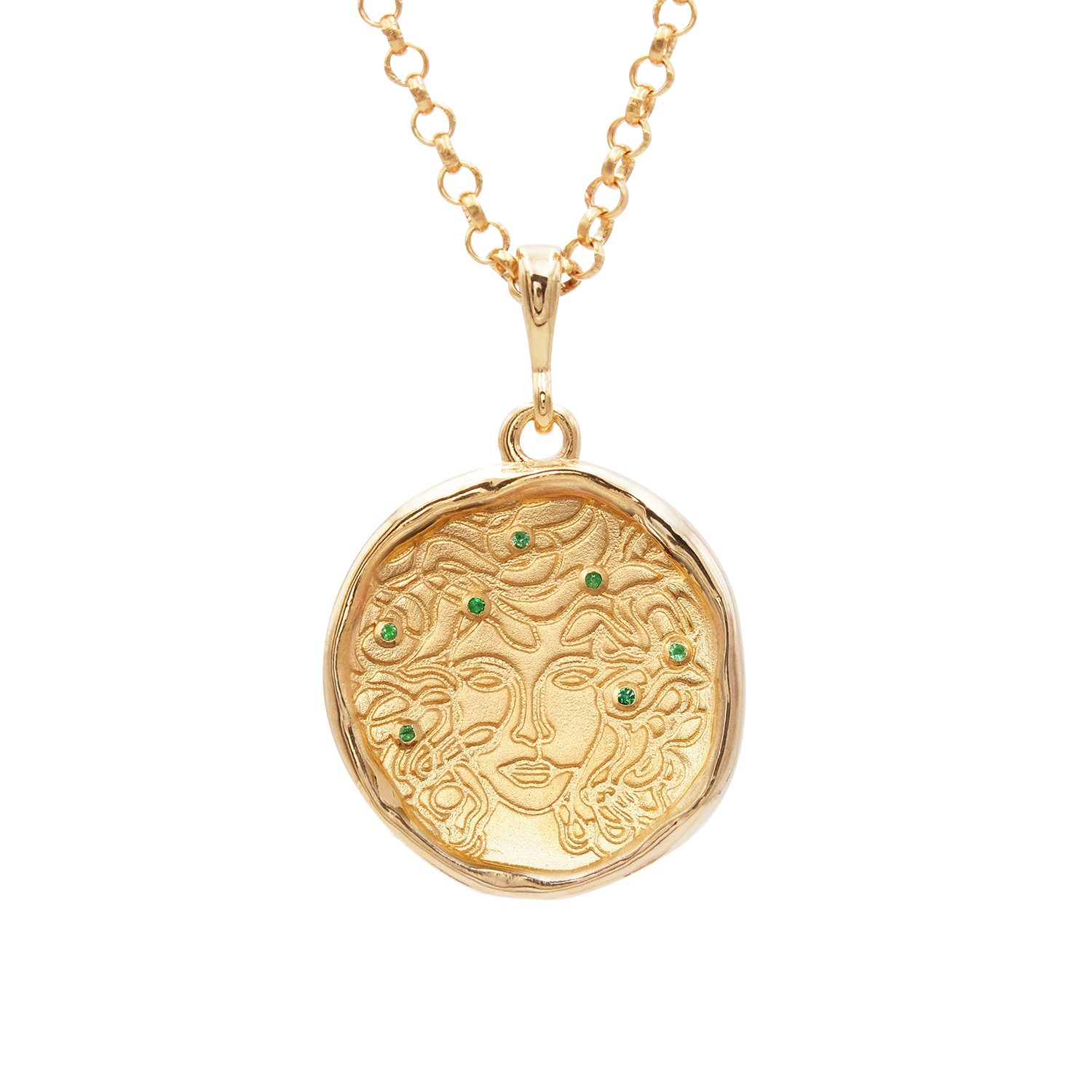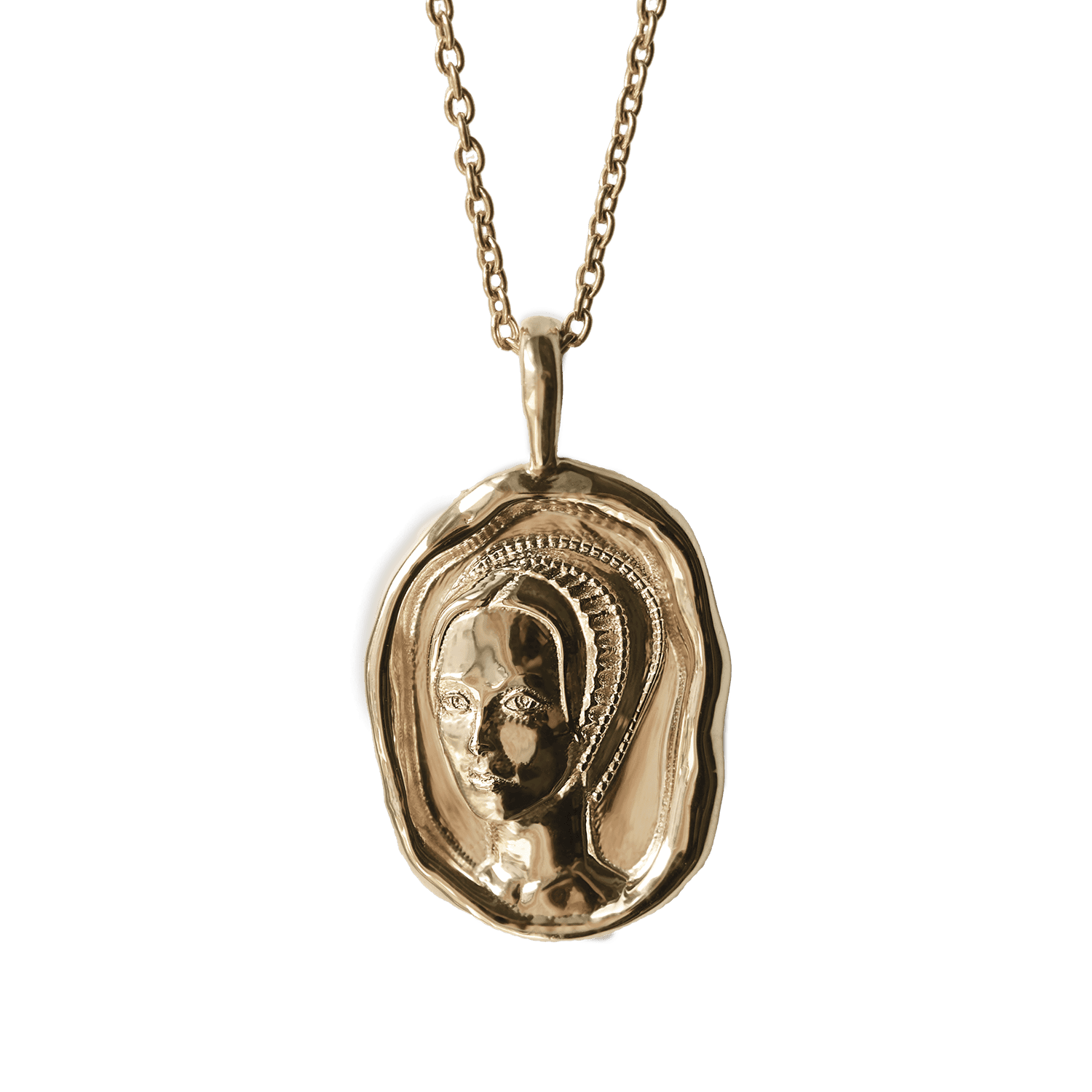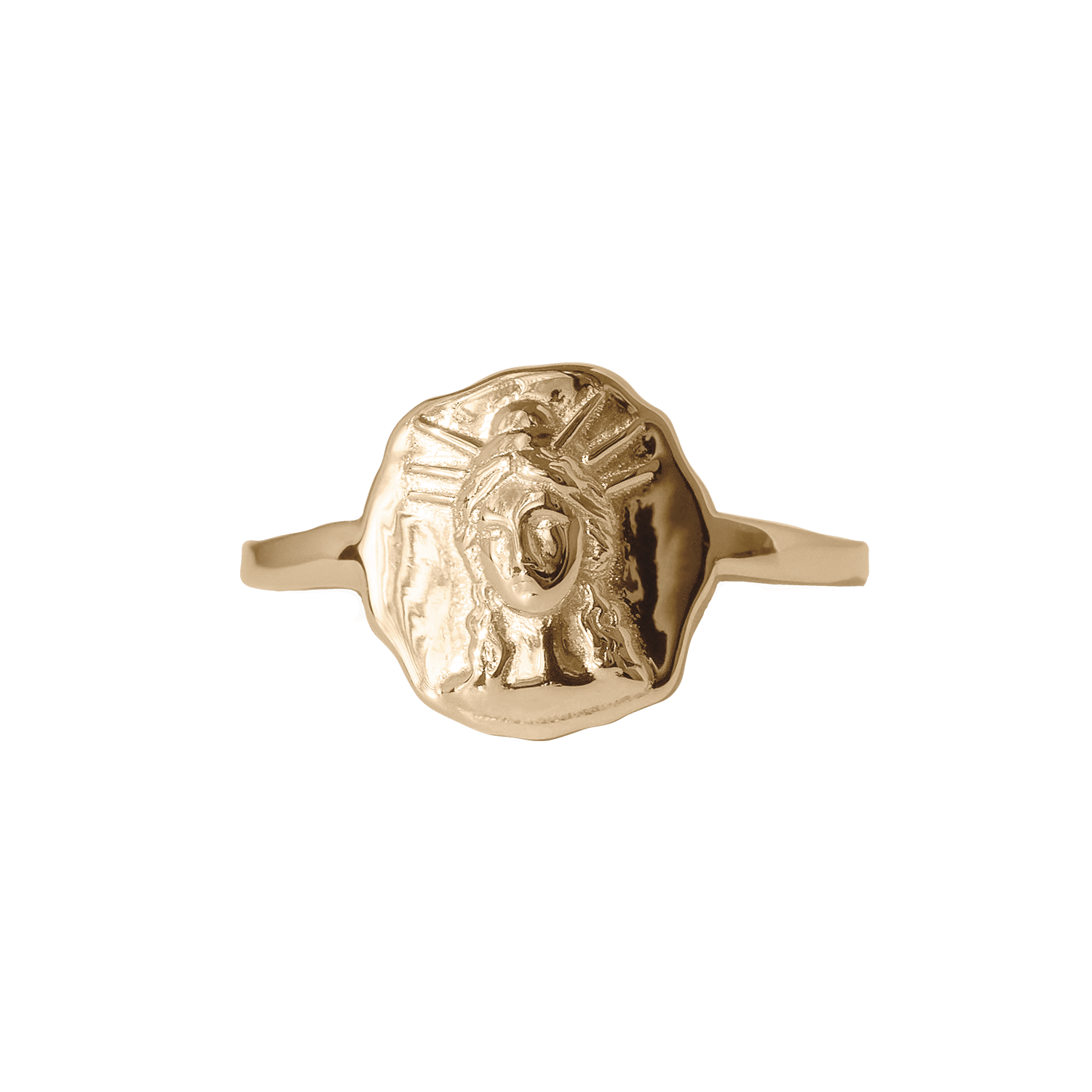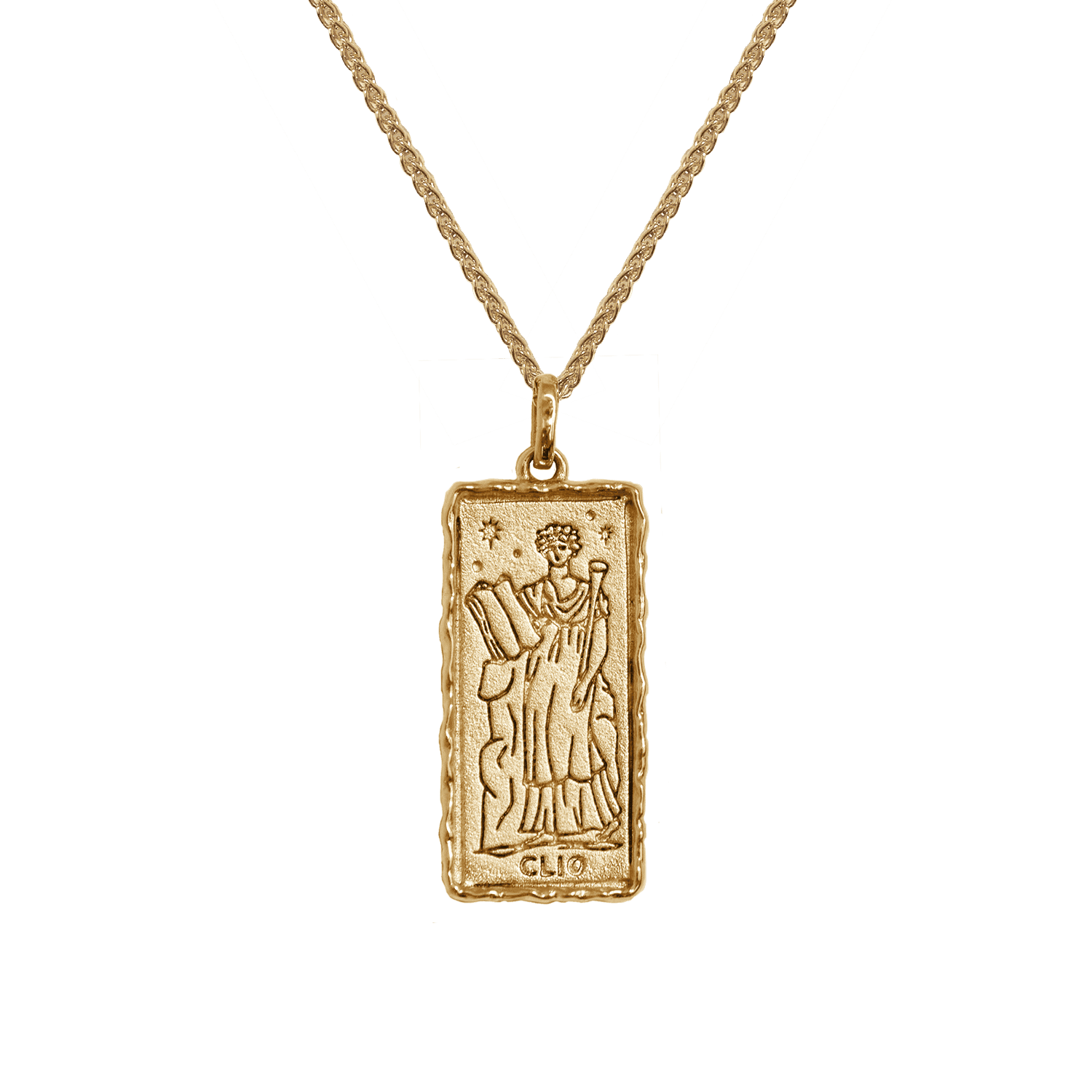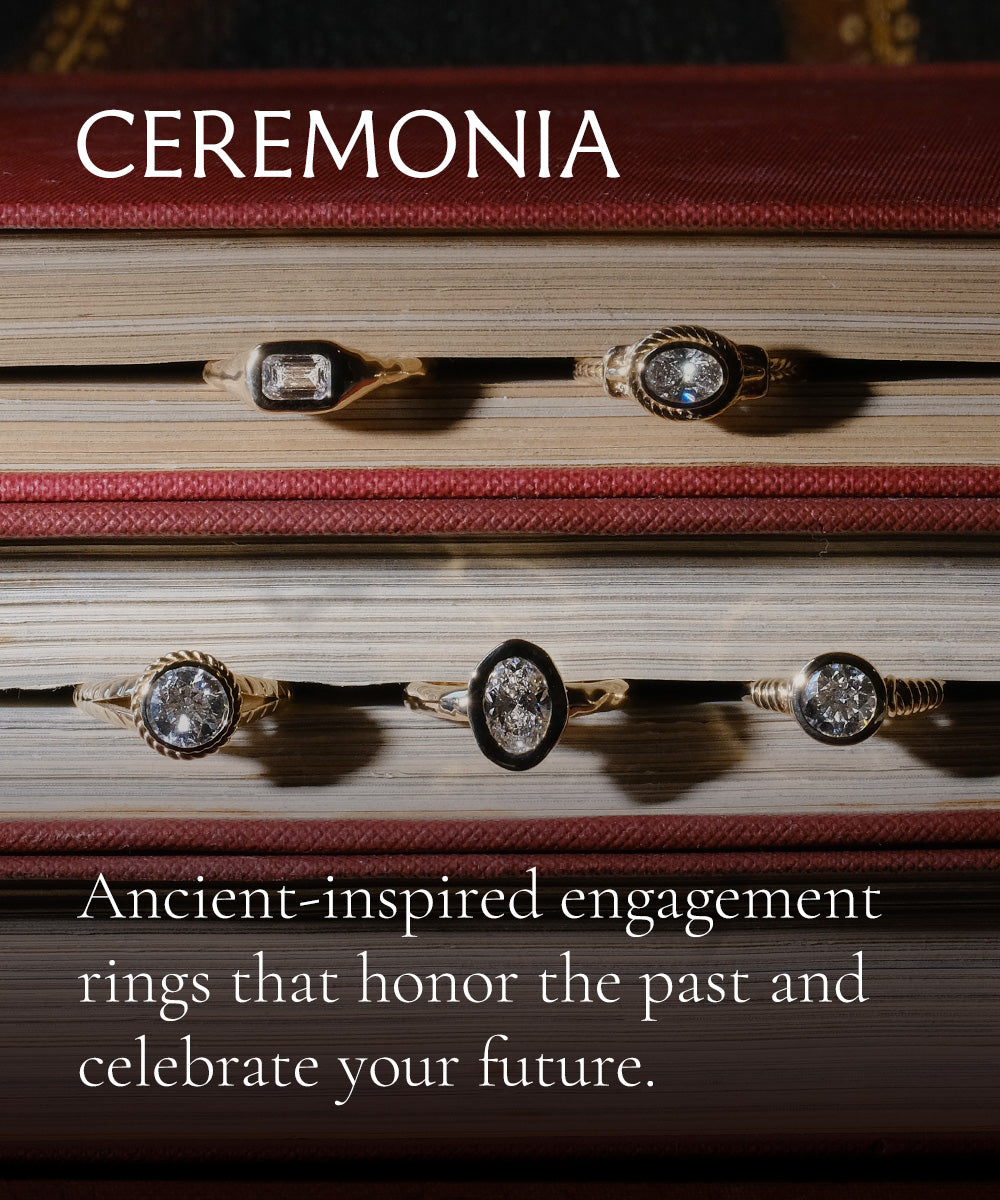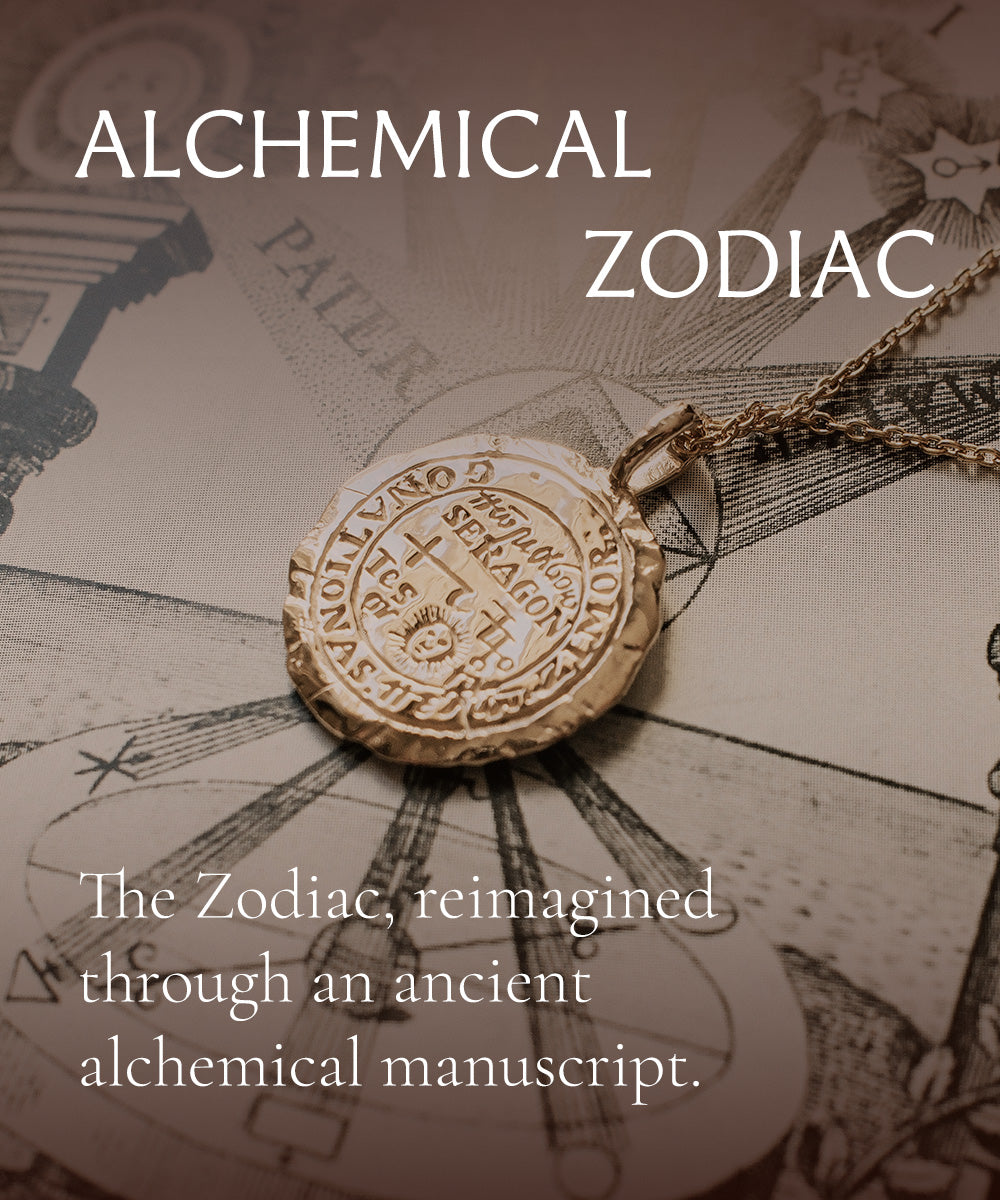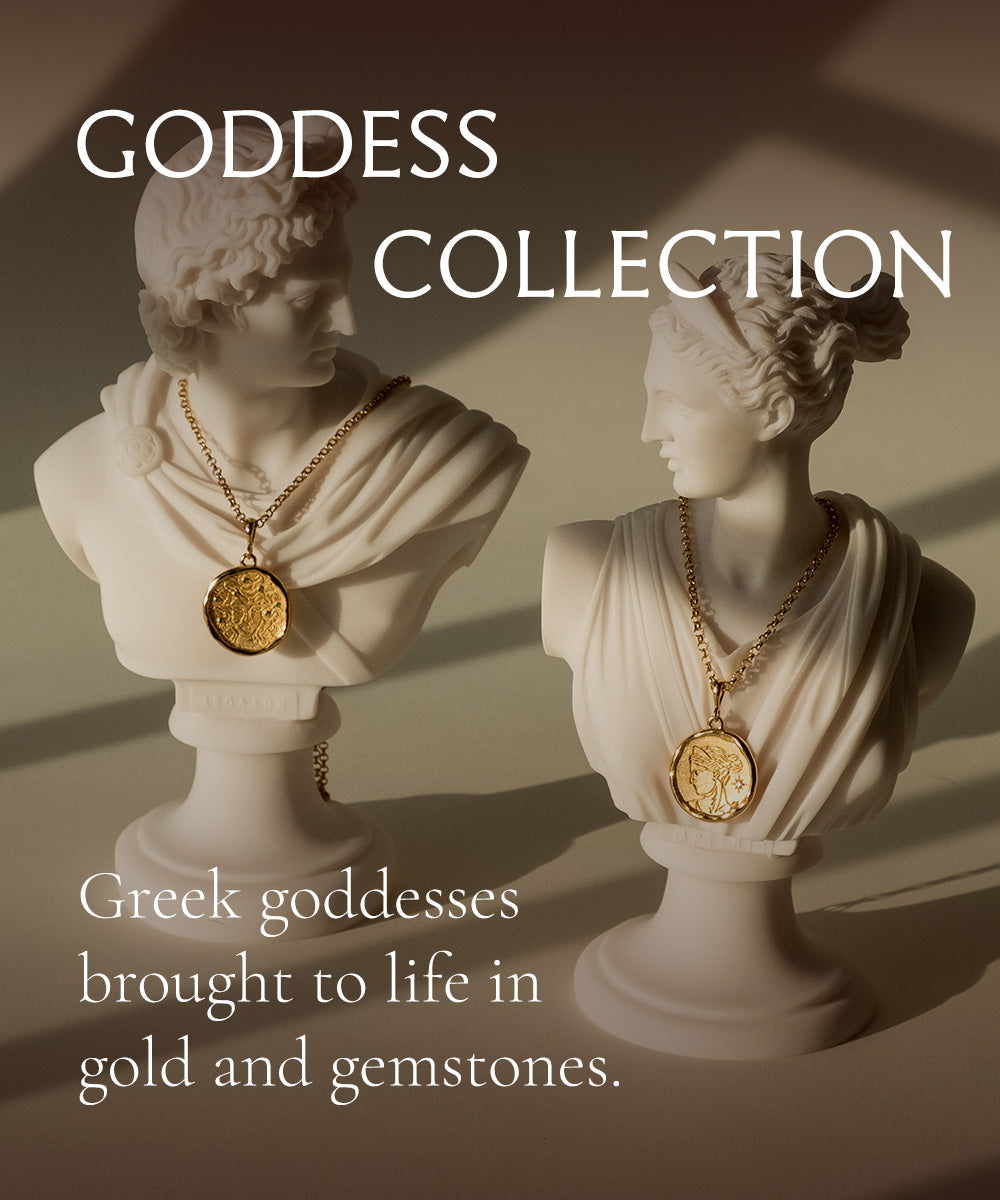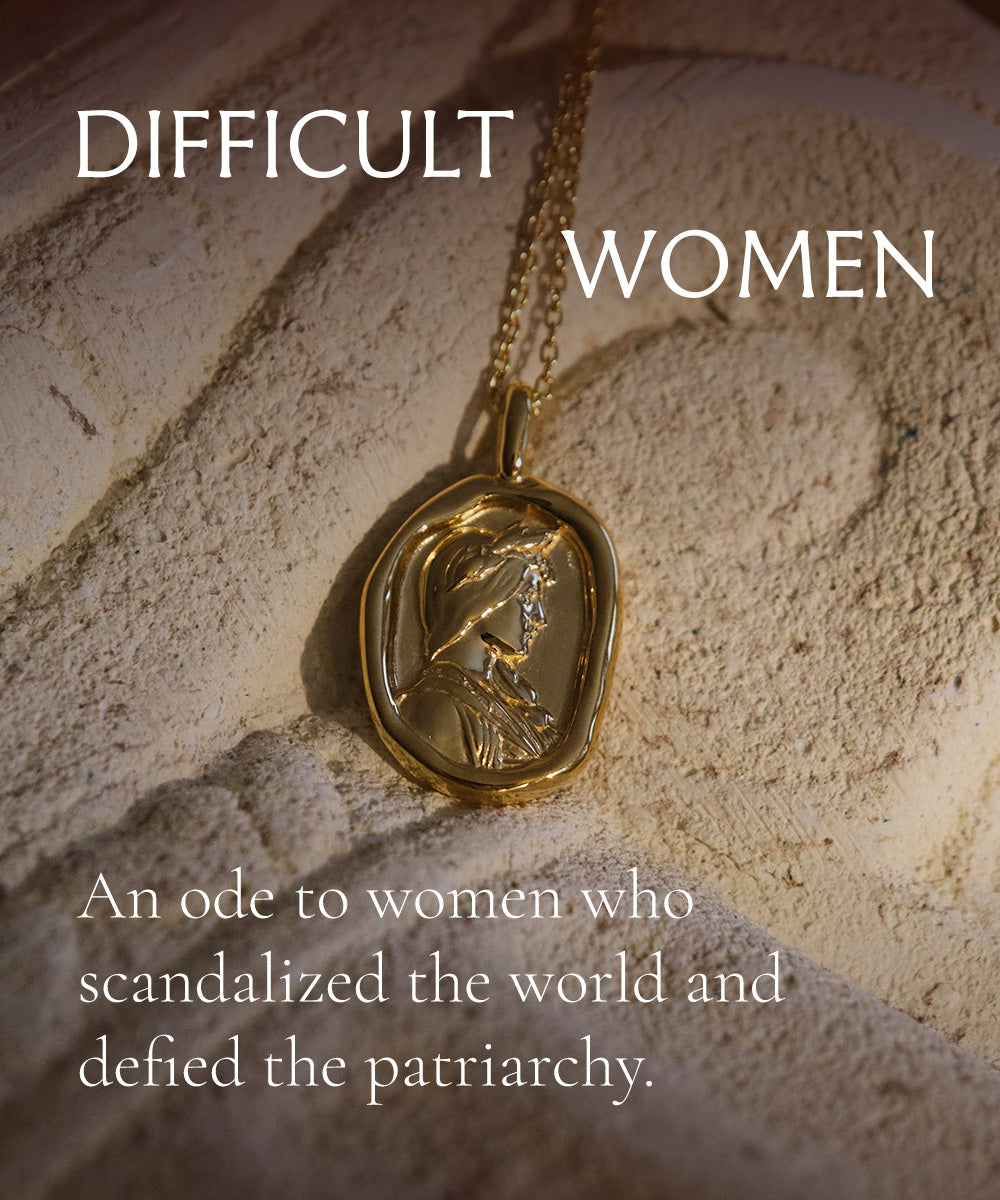Through trade, travel, and conquest, the Greeks of the Bronze Age were highly influenced by the other cultures of the Mediterranean. This was reflected in the Greek alphabet, mythos, knowledge of science and medicine, cultural practices and even what people wore.
Greek jewelry styles were formed from an amalgamation of Mediterranean influences, especially goldsmithing techniques formed in Egypt and Syria, and the gorgeous, intricate designs invented by Phoenicians and made popular by Etruscans. Gemstones were imported from the Middle East, North Africa, and Asia Minor.
All of these cultures swapped popular motifs and symbols, and for the most part, people were drawn to designs they know: flora and fauna, humans and gods, and intricate, geometric designs. Coastal ladies wore beads shaped like seashells, while men wore signet rings with emblems of their houses or trade. The winged likeness of Eros, god of love, and Nike, goddess of victory, adorned every earring.
After Alexander the Great conquered the Persian empire, the treasures of the quashed empire were carried off to Hellenistic Greece. Conservative Greeks who thought men should only wear rings suddenly found themselves outnumbered by those who thought men should wear bracelets and earrings if they wanted to, as they did in the East, and demand soared.
Artists and craftsmen worked more than ever to meet the demand for pendants and pins, rings and earrings, thigh bands and arm bands in the Persian fashion. Diadems and hair ornaments were popular, which, in one woman’s opinion, should absolutely make a comeback.
Designs became increasingly complex. Grapevines and snakes curled around wrists and up arms. Dozens of tiny golden leaves glittered on necklaces. Large stones engraved with birds or flowers and set in rings, and tiny golden blooms were placed here and there on headpieces, so that one might look like they had flowers in their hair.
A common pattern throughout human history, jewelry at this time and place was often worn as a symbol of power, status or protection. It was also given over to the gods. Aphrodite in particular was often given gifts of gold from women and girls, who asked the goddess to grant them love everlasting.
Heritage pieces are a lasting, cross-cultural tradition. Some wanted their jewelry buried with them, but most of these people chose to pass their worldly treasures on to children, grandchildren, nieces and nephews, godchildren, and so on, so that each piece was given new life and could continue to be used—a tradition that is sustainable, meaningful, and holds a special place in the lives of those who continue the line.
